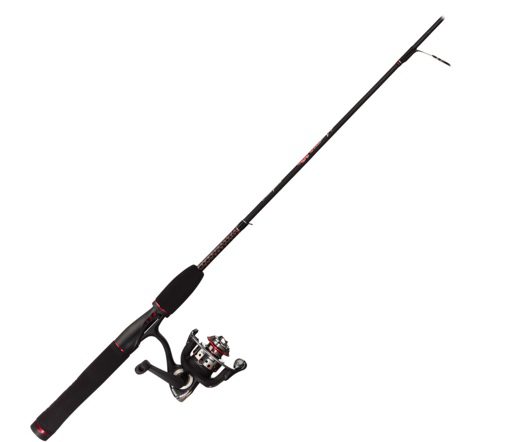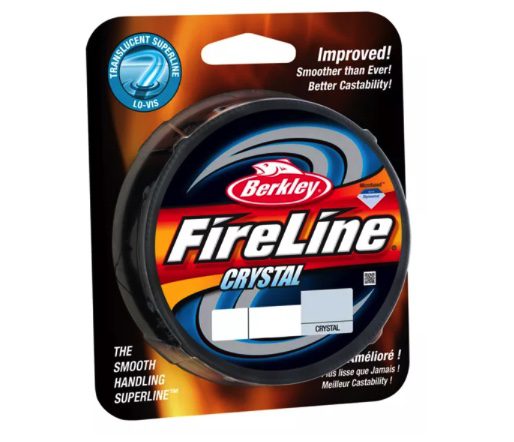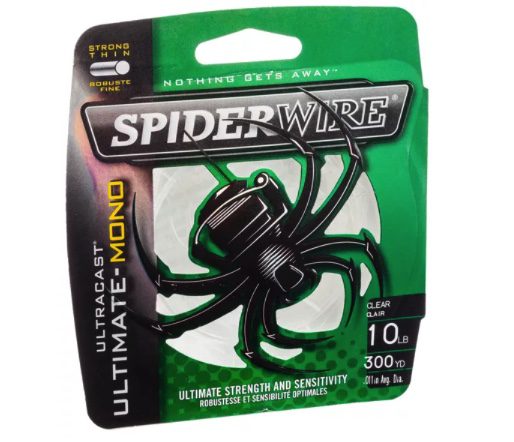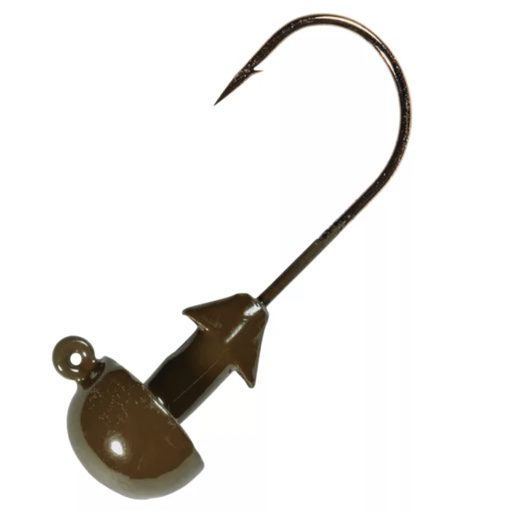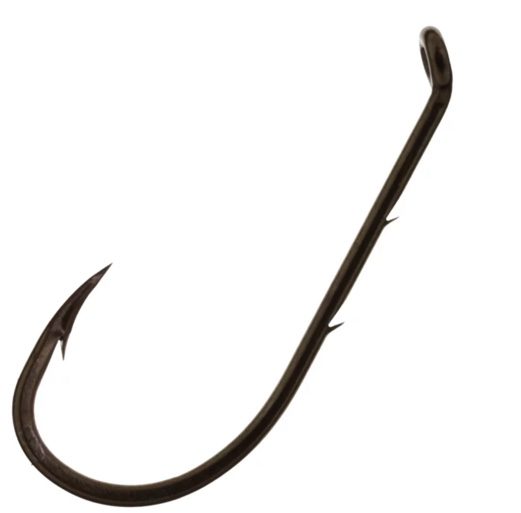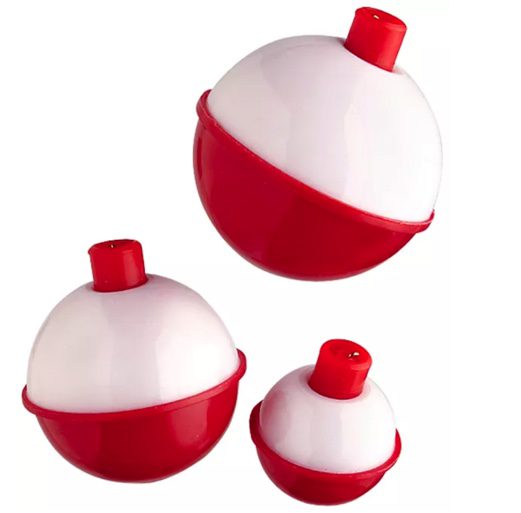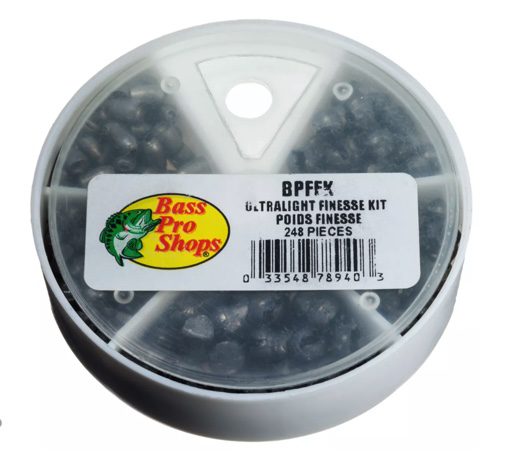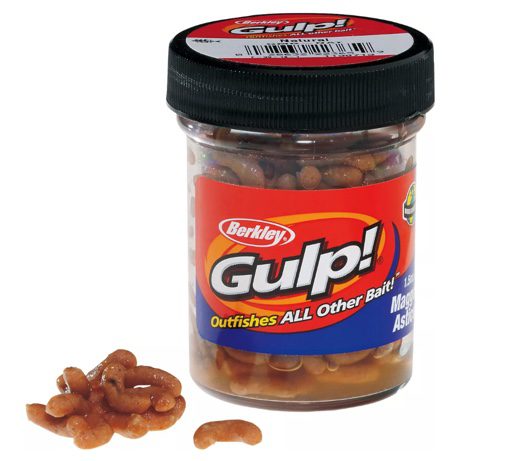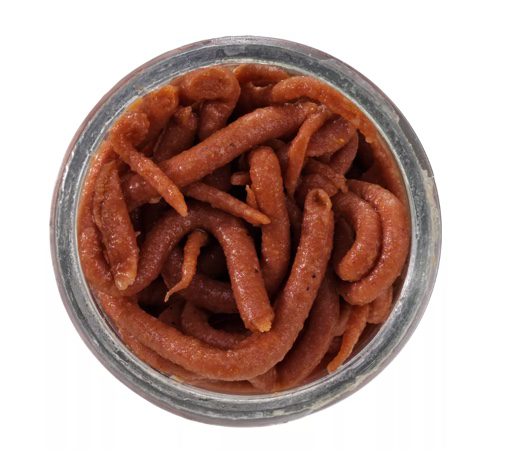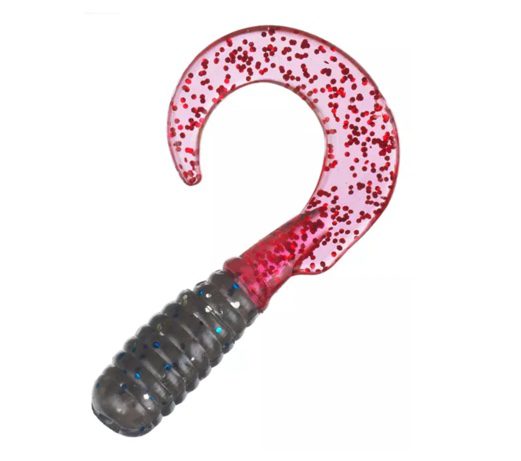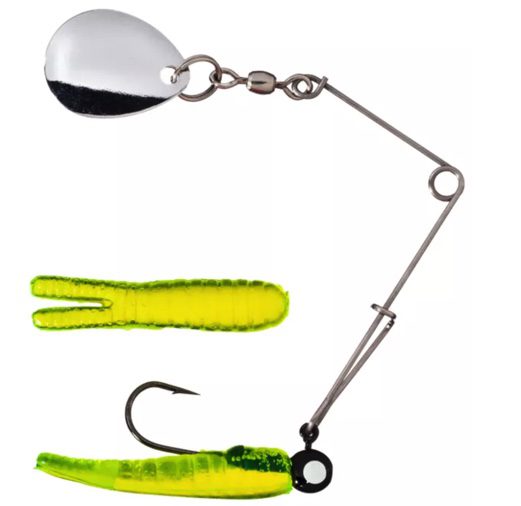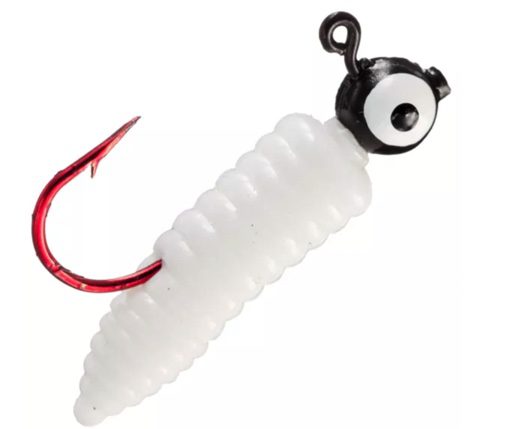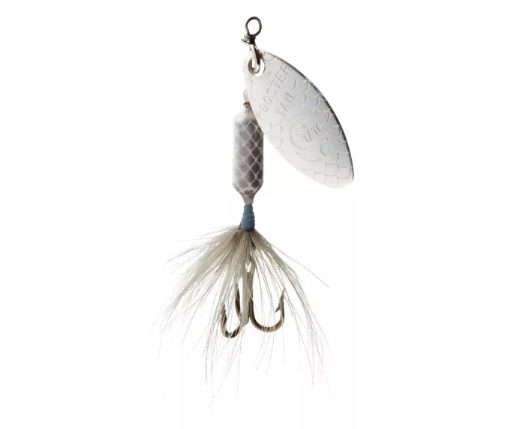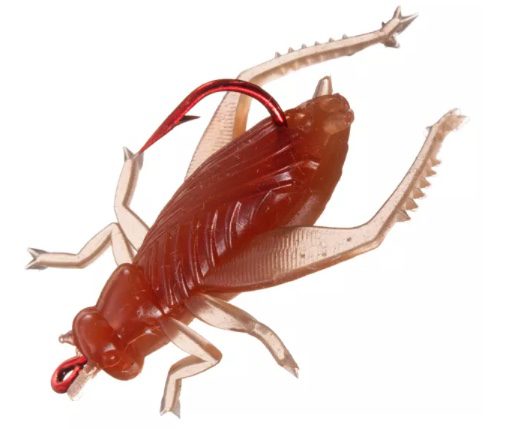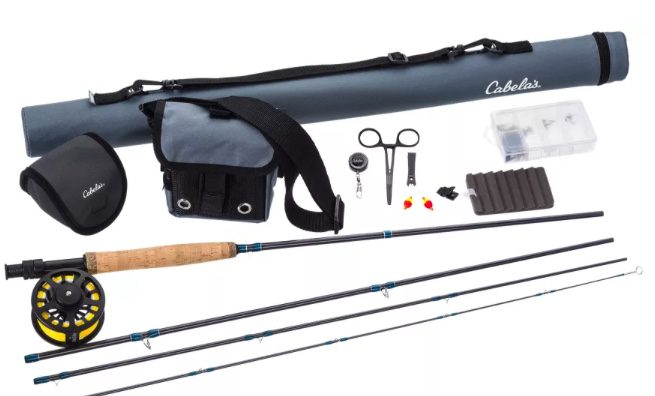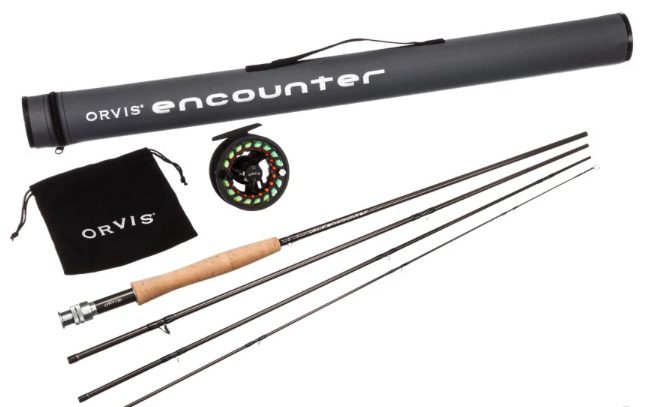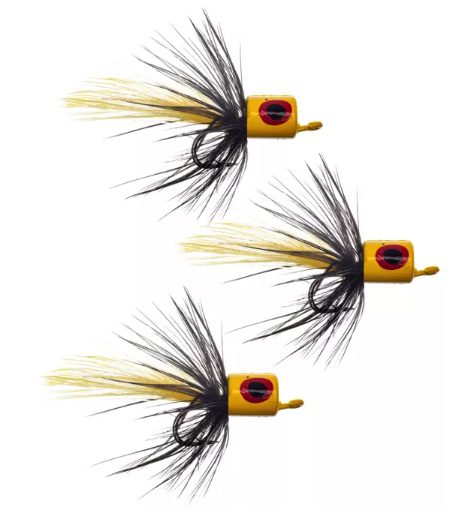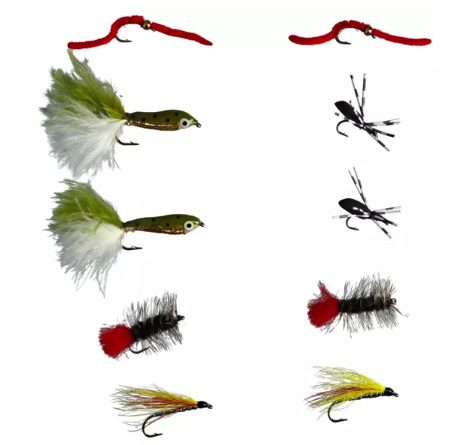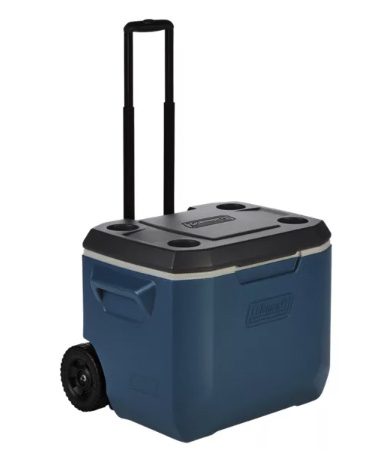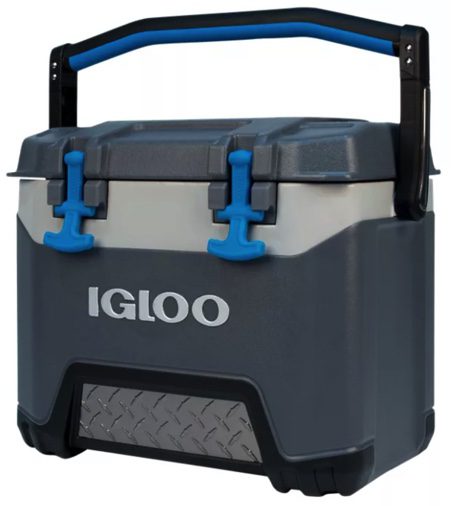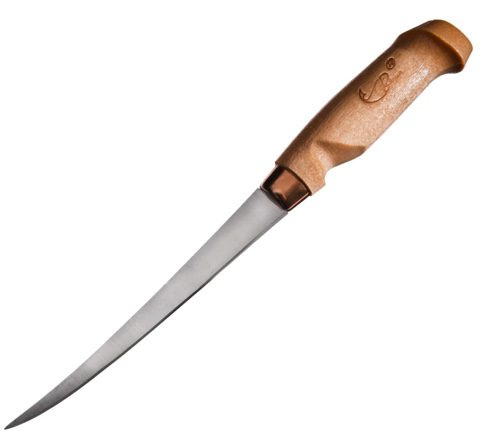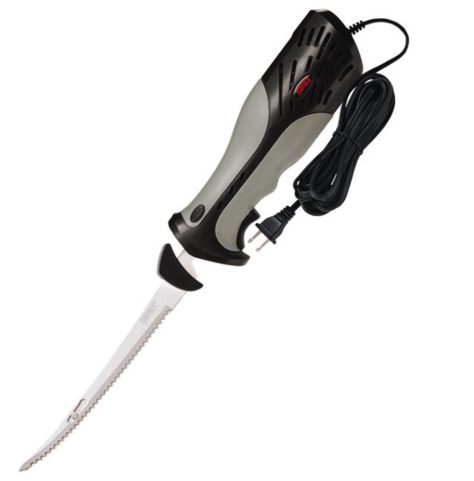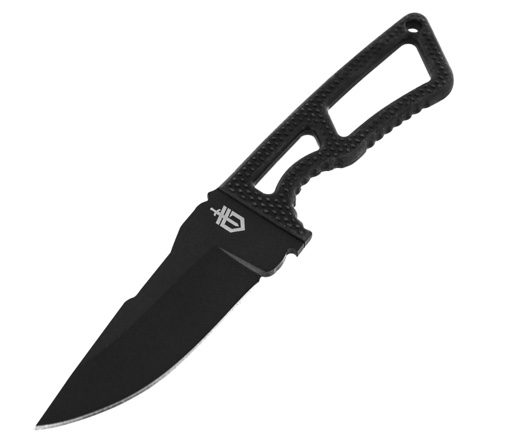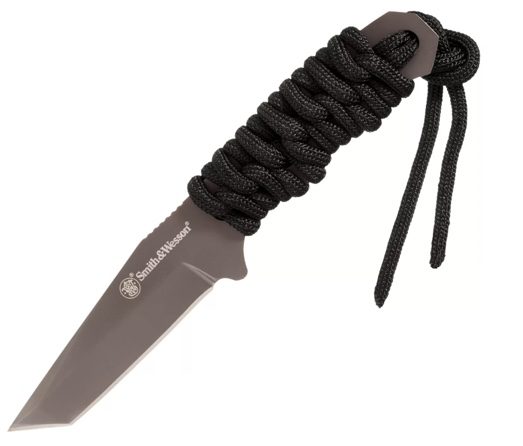Fishing for Bluegill can be a fun and easy way to enjoy a late summer day on the water. While tiny Bluegill are some of the easiest fish to catch, targeting good eating sized fish takes a little more strategy, especially in the summer when the water heats up.
If you’re fishing a lake, keep in mind that the larger fish will move into deeper water this time of year. After the fish spawn in late May or early June, the bigger ones will start hanging out around breaks in the water like weed edges or areas where the lake bottom drops off an edge.
Ideally target the fish in about 6-12 feet of water if the water is clear, and at shallow depths in murkier water. Submerged rock piles and other structures are also great areas to target fish.
Bluegill will typically hang out in schools on these edges, so if you’re able to hook into one good sized eating fish in a particular then don’t be scared to cast back into the same spot.
If you’re fishing from a boat, another effective technique is to find humps or sandbars towards the middle of the lake and then target the steep drop offs surrounding them. If you’re fishing these areas, scale up your tackle a little bit compared to what you would use fishing closer to shorelines.
The same techniques for fishing lakes can also be used in streams and rivers, but another good option is to focus on pockets of still water on the edge of slow moving currents. Bluegill and other fish will hangout in these areas and feed on aquatic insects that drift out of the eddies.
As far the gear you’ll need to catch and cook more bluegill, here are some great options from our friends at Bass Pro Shops.
If you’re looking to target bluegill, you’re going to want to get set up with a good light weight spinning combo. If you’re looking for an inexpensive rod and reel combo that will get the job done then here are a few options.
The bigger fish generally will not approach the surface to feed in the summer, so make sure your hook sits about 3-4 feet below the bobber.
Bluegill are relatively light fish, so you’ll want a lighter set up than you would use for larger fish. 4, 5, or 6-pound line works great on light or ultra light spinning rod. Check out these great products and find the line that’s right for you.
Live bait like red worms, wax worms, crickets, or chunks of night crawlers are your best bet for catching bluegill, and it’s best to buy those baits in person.
You can also use artificial baits that replicate live bait if you don’t have a cooler or refrigeration available to keep worms alive.
To get your rig set up to use those baits, here are a few of the best options for hooks, bobbers, weights, and some alternative options for live bait.
If you prefer fishing artificial lures with cast and retrieve methods as opposed to patiently waiting for your bobber to get tugged under the water, then there are a variety of artificial lures that will serve you well for catching bluegill.
Using a lightweight fly-rod is also a really fun way to catch Bluegill, as the fight tends to feel harder and last longer on a light weight fly rod. Small bugs and poppers work great this time of year.
If you want to get started fly fishing, but don’t know where the start then getting a package fly reel and rod combo that comes ready to fish along with some basic equipment is a great place to start.
Check out these options to get started fly fishing.
If you plan on eating the fish you catch, you’re going to need a cooler to keep the fish fresh until its time to clean them.
Check out these awesome choices.
Once you got a cooler full of Bluegill, its time to clean those fish and get them fried up. Make sure you have a sharp fillet knife, especially when working with smaller fish like Bluegill.
A sharp knife makes scaling the fish easier. Electric fillet knives make the process easier but a standard one will work just fine. To scale the fish a fixed blade hunting knife or spoon works best.
You can’t go wrong with the knives below.
The video below has all the information you need on carving out a fillet from your Bluegill. And as with any fish, breading the fillets and frying them up in a cast iron skillet is a sure fire way to cook up something delicious.
For a unique spin on classic fried fish, try this recipe for coconut fried Bluegill from Cabelas Cooking.
Prep Time: 15 minutes, Cook Time: 5-10 minutes, Servings: 6
Coconut Fried Bluegill Recipe Ingredients
Bluegill or other panfish fillets
Seasoned Flour:
1 cup Flour
2 tsp sugar
1 tsp salt
1 tsp dry mustard
1 tsp white pepper
1 tsp granulated onion
1 tsp garlic
1 tsp cayenne
Egg Wash:
- 2 eggs
- 2 tbs water or milk
Breading:
- 3/4 cup panko or breadcrumbs
- 1/2 cup unsweetened coconut
- 1/4-1/2 cup coconut oil
Coconut Fried Bluegill Preparation Directions:
1. Set up an flour-egg-breading station, by placing three shallow bowls in a row. In the first, whisk together the flour and seasonings until well blended. In a second bowl, beat two eggs and stir in a tablespoon or two of water until just foamy. Make the breading in a third bowl by stirring together the panko or finely crushed breadcrumbs and unsweetened coconut.
2. Set a large cast-iron pan over medium-high flame and pour in the coconut oil.
3. As the oil heats, bread the bluegill fillets by first dredging in flour, followed by the egg wash and finally a good coating of the panko/coconut breading. Set the breaded fillets on a wire rack or plate and continue with the rest of the fillets.
4. Check the temperature of the oil by adding a pinch of flour to it. If it sizzles when it hits the pan, the oil is ready.
5. Fry the bluegill in batches, flipping the fillets once to brown each side. Depending on how thick the fillets are, this might only take a minute or two, so monitor the frying process closely. When the fillets are browned, remove them to a paper towel lined plate to drain excess oil.
*This post contains links through the Bass Pro Shops affiliate marketing program. If you use these links to buy something Whiskey Riff may earn a commission.”
